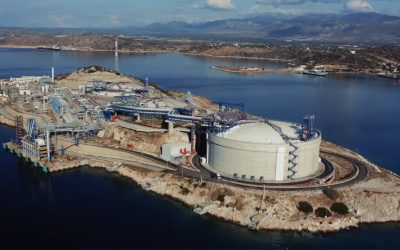The researcher’s description of the study contains some imprecise language. For example,
http://www.nationalpost.com/news/Planet+faces+great+glacier+meltdown+2100+study/4082733/story.html
“The study estimates 21% of the glacier ice will melt away by 2100”
Or
“The study concludes that by 2100 the sea level will rise about 12 centimetres”
As with any study, this one assesses the possible impacts of alternative scenarios that may MAY OR MAY NOT occur in the future. Indeed, the methodology employed by the study used inputs of possible weather scenarios from computational models to set the parameters of their analysis. These inputs are not predictions but instead are possible scenarios of future global weather patterns or climatic conditions that may or may not occur. These models are not designed “to predict” localized future weather conditions and as such they cannot realistically provide accurate predictions of weather that might occur in localized areas such as mountain glaciers. As such, the study does not have the ability to predict “will occur” scenarios. All of its analysis should be describe as “X may occur if Y weather conditions develop”.
The weather conditions in the UK and northern Europe this year offers an example of the risk of relying on incomplete models to “predict” long range weather patterns for localized region of the world. While the models extrapolated warming trends to predict a warmer and dryer than usual winter in Europe, the opposite has occurred this year. Some warmest even claim that the colder than usual conditions are an indicator of global warming (i.e. global warming has shifted jet streams, ocean currents, or high/low pressure regions resulting in a transfer of Arctic air to more southerly regions). This is just one example of how global computational models are not the tools to predict long term weather patterns within localized areas such as specific countries or states.
The use of models to set the input parameters from the study which models localized responses to localized weather conditions creates a misleading impression of prediction accuracy. None of the models are capable of “predicting” future localized weather conditions or climate patterns. At best, they present educated guesses about possible scenarios which may or may not occur in the future over larger geographic areas such as continents or oceans. Using them to make “point” predictions at specific locations is not an appropriate use of these analytical tools.
The use of the words “prediction” or “will” is imprecise use of language and could lead one to be suspicious of the rigour of the underlying analysis.
While it may be useful for public policy planning purposes to ask the implications of future “what if” situations like shrinking glaciers, it is most likely also worthwhile to ask “what if” questions about the implications of expanding glaciers in specific locations. For example, if glaciers start to expand due to localized cooling conditions in the Canadian Rockies while precipitation levels remain constant, what does that imply for possible downstream flows of water in the Hudson Bay watershed? Alternatively, what happens to river flows if glaciers start to shrink due to localized warming conditions while precipitation level increase? To me, those are useful questions to ask because they can start to shape the context for thinking about how to approach water use and management throughout a watershed instead of assuming that past conditions are a useful predictor of future conditions.


